What Is Scaling and Root Planing?
For patients demonstrating symptoms of gum disease, scaling and root planing is the first step in periodontal therapy. This specialized procedure helps treat and stop the further spreading of gum disease.
To minimize discomfort, a local anesthetic is used in scaling and root planing treatment. The procedure starts with a dental hygienist carefully removing all of the tartar, plaque, and bacteria from the root surfaces and crowns of the teeth. This is followed by root planing, which smooths out all of the rough surfaces on the roots of your teeth. The smooth surfaces make it difficult for tartar, plaque, and bacteria to adhere to the root and advance the spread of gum disease.
When Is Scaling and Root Planing Necessary?
This deep cleaning treatment is recommended for anyone with acute or chronic gum disease. Pulver Dental Care typically performs the procedure when pockets from the top of the gum line to the tooth are 4 mm or more in-depth. When the pocket reaches this depth, bacteria, tartar, and plaque can collect under the gums and lead to gum disease, infection, and tooth loss. Removing the bacteria and plaque maintains teeth and gum health.
If you are a candidate for scaling and root planing treatment, your hygienist will likely recommend this treatment during your bi-annual dental hygiene exam or Dr. Pulver will diagnose it at your initial exam. Treatment urgency is determined by the depth and pockets of your gums.
What to Expect Following a Periodontal Deep Cleaning
Depending on the condition of your gums, multiple appointments and treatments may be required for a full recovery. Dr. Pulver works with each patient to create a treatment plan matching their periodontal needs. A follow-up visit will be scheduled in a month so that Dr. Pulver can check that your gums are healing properly and to determine any further necessary treatment.
This procedure is a critical first step in treating periodontal disease. Even if additional treatments are required, periodontal therapy can slow the progress of gum disease and lessen the amount of additional restorative treatment.

